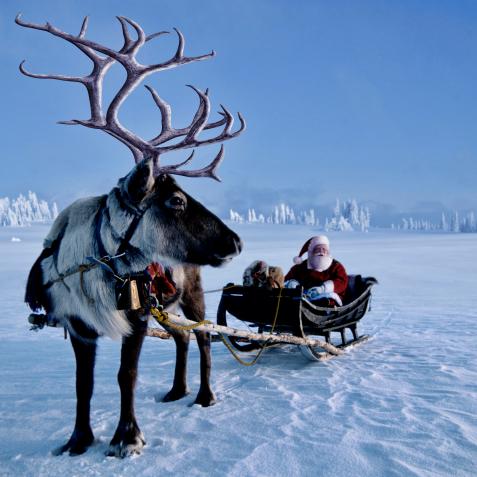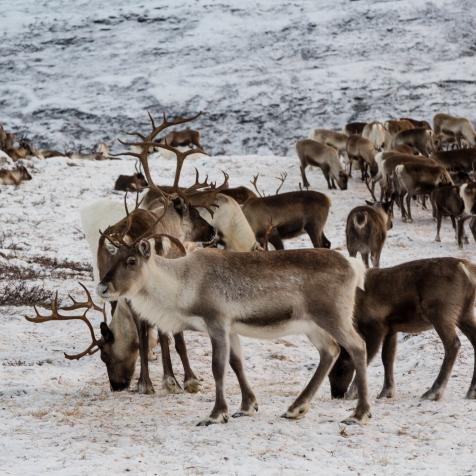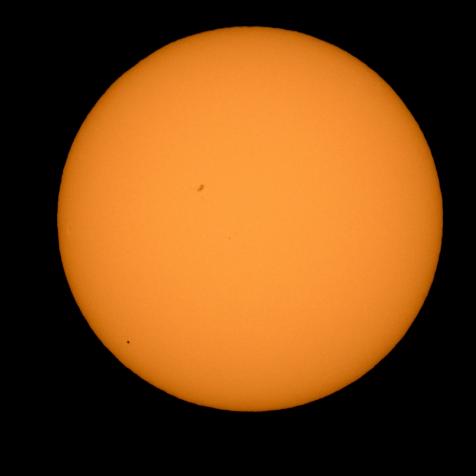
Ethan Miller
Why has the 2020 Great Conjunction Been Called the Christmas Star?
The eyes of much of the world have been looking up this week, gazing at Jupiter and Saturn as they dance tantalizingly close to each other.
Many in the media and elsewhere have dubbed this planetary pair “the Christmas Star”, in reference to an oft-cited possible connection between the Bible’s Star of Bethlehem and such planetary “conjunctions” as Jupiter and Saturn are now displaying.
The Star of Bethlehem, or Christmas Star, is an icon of the Christmas season, appearing in movies, television specials, songs, greeting cards, and more. And for centuries, scholars have wondered about its true nature. Did it even physically exist or was it merely symbolic? If it did exist, was it a divine creation, a miracle that defies any logical explanation? Or was it some sort of naturally occurring astronomical body? If the latter, was it a brilliantly bright object as is usually depicted, or was it perceived importance due more to its uniqueness than physical appearance?

Levine/Elbert/Bosh/Lowell Discovery Telescope/NSF
The Great Conjunction. December 21, 2020 as seen from Lowell Observatory in Flagstaff, AZ.
While many embrace the idea that the star is truly a metaphor or miracle, others have looked at possible astronomical explanations. A roadblock to this approach is the uncertainty of the exact month and even year when Jesus was born. Scholars don’t agree on the precise date, though it appears to fall sometime between the years 1 and 8 BC, based on related historical events and records that are accurately dated.
This temporal ambiguity has resulted in a variety of possible answers, including comets, exploding stars called supernovae, and meteors. One of the most popular suggestions centers around conjunctions. A conjunction simply refers to two or more astronomical objects that appear close together in the sky, as seen from Earth. If those two bodies are Jupiter and Saturn — as has happened this December — then it is called a great conjunction. While conjunctions may not be as visually stunning as comets or exploding stars, the ancient observers — as well as many modern astrologers — found these gatherings prophetically significant.
The Great Conjunction Around the World 11 Photos
If you missed the moment of the Great Conjunction on Monday, December 21, here are 11 images of this once in a lifetime phenomenon.
Several conjunctions between planets occurred between 1 and 7 BC. One of note happened in 7 BC. It was not only a great conjunction like we’ve seen in 2020 but also a triple conjunction, when the movement of the planets in their orbits, as seen from Earth, results in them passing close to each other three different times within a relatively short period. Such happened between May and December of that year. This conjunction occurred in the constellation Pisces, considered the sign of the Hebrews, and it is possible that the gathering of bright planets in this constellation was interpreted as a divine announcement about the future of the Hebrews.
We may never know for sure the true nature of the Christmas Star, but this year’s great conjunction offers an opportune time to revisit the question while blending elements of science, religion, and culture.



















